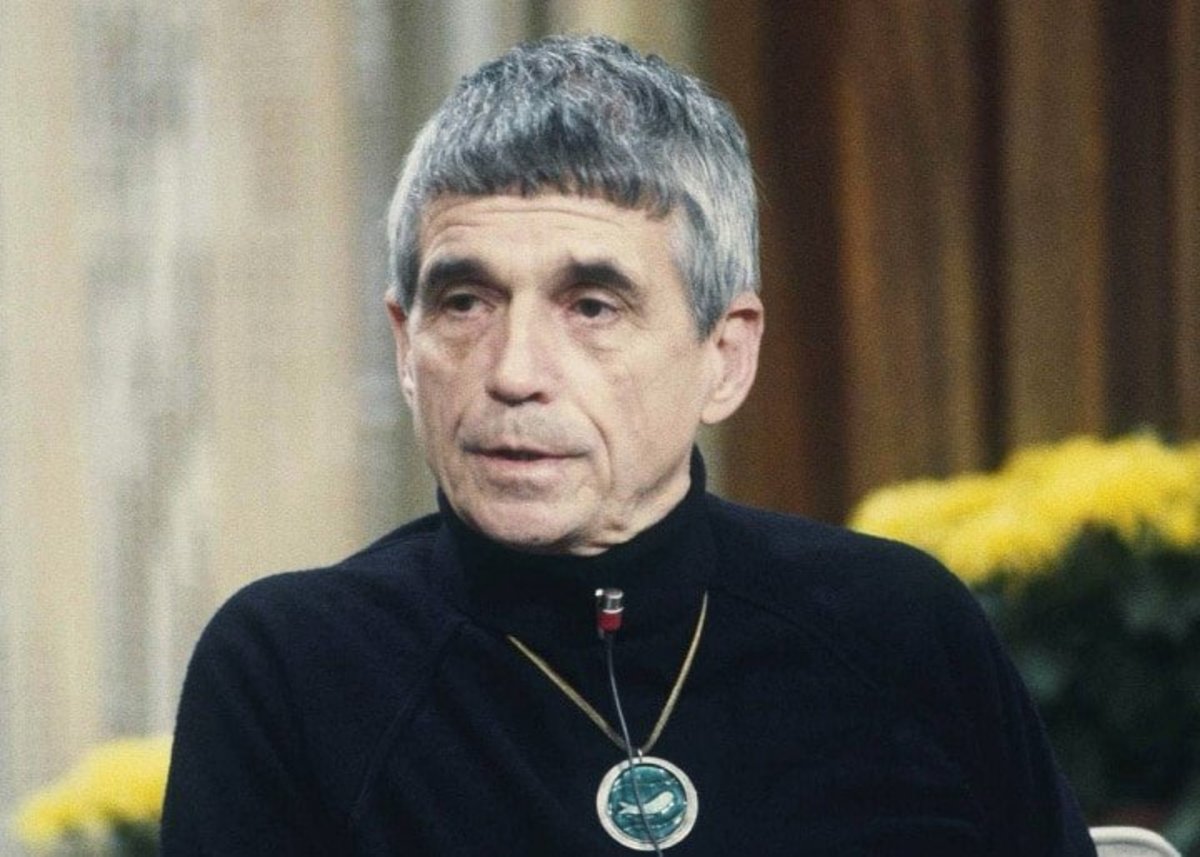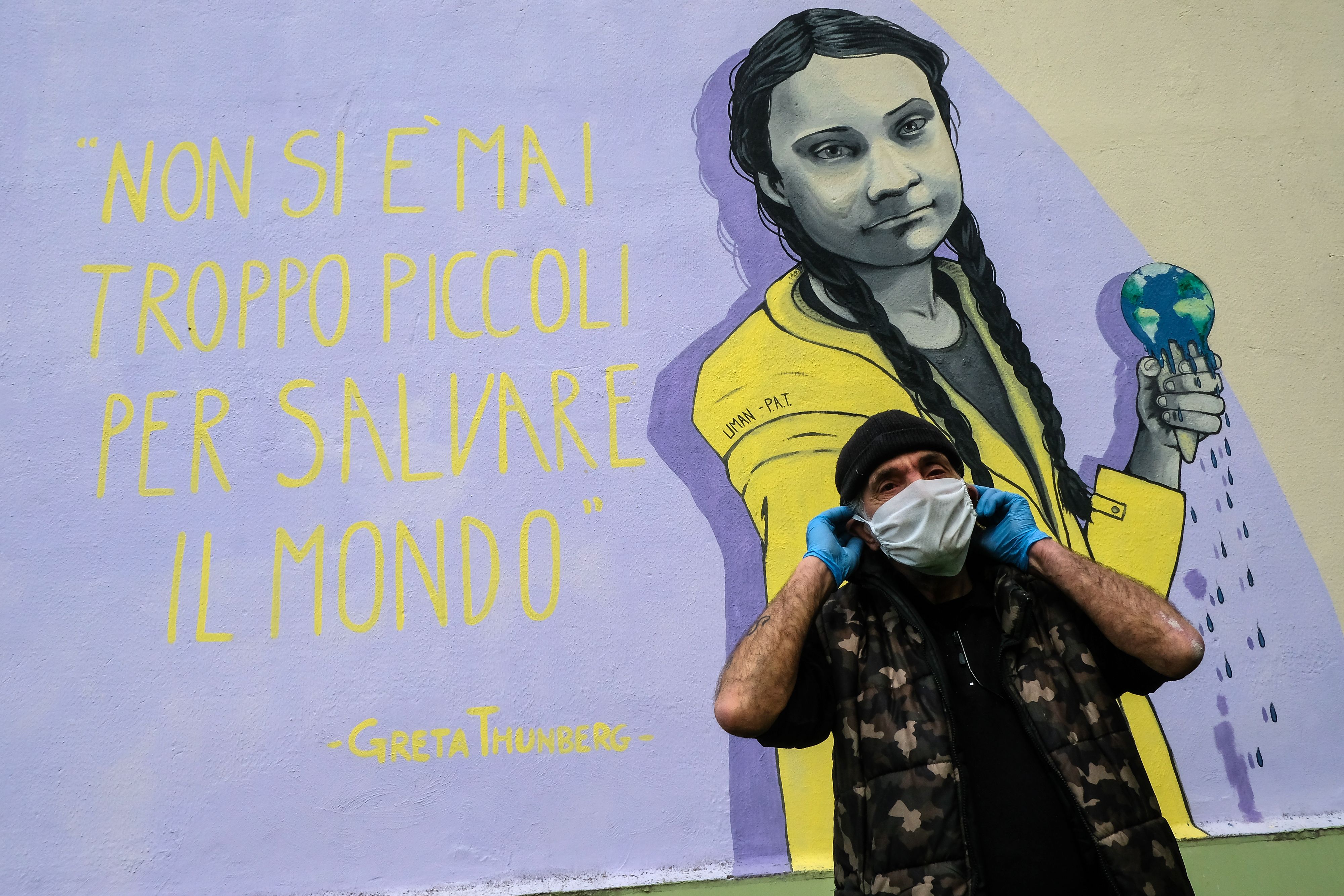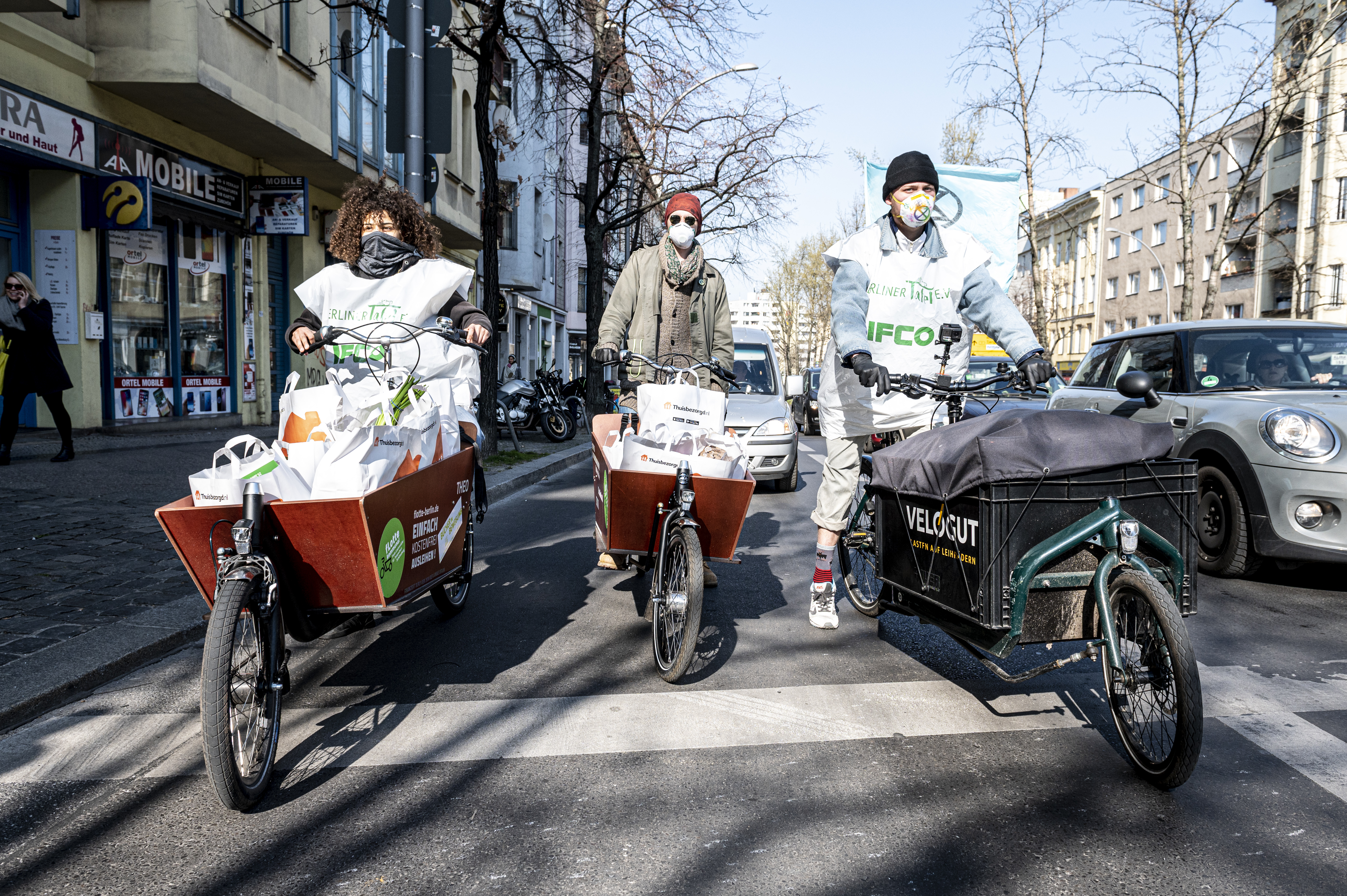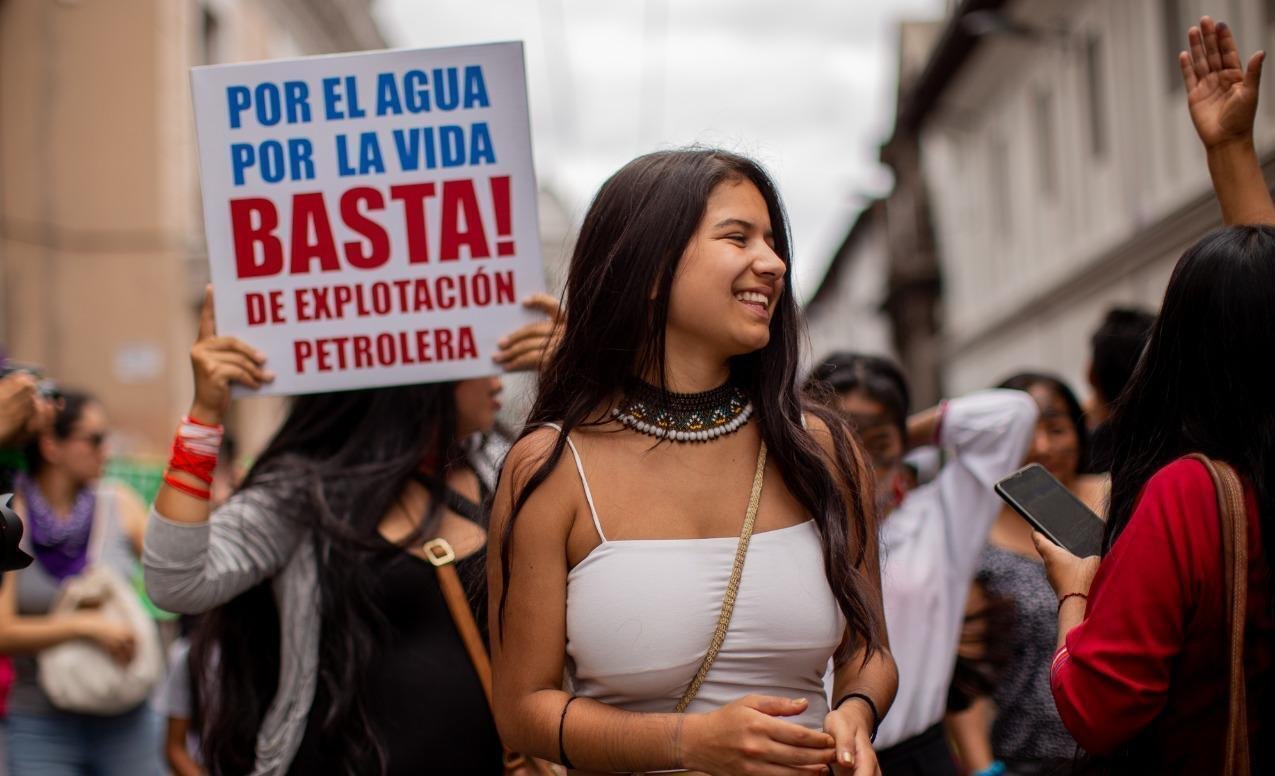Is There Any Better Time Than Now For a General Strike?
 May Day offers a perfect opportunity to reshape labor relations during this pandemic.
May Day offers a perfect opportunity to reshape labor relations during this pandemic.
The COVID-19 pandemic has brought into stark relief the inequalities baked into the U.S.’s capitalist system—one that deems nurses and grocery workers “essential,” but leaves them with just as few rights and privileges as they had before the crisis struck. The scenario before us, where society depends more than ever on the bottom rung of the working class, offers a perfect storm for these “essential workers” to use their leverage and demand better protections for themselves now and in the future. This perfect storm may well unfold on May 1—a day with historic roots in the U.S., marked by workers all around the world to demand their labor rights.
For those of us considered “non-essential workers,” May 1, 2020, also offers an opportunity to say a resounding “no” to President Donald Trump, who is desperate to salvage his flagging shot at reelection and demanding that people return to work at the beginning of May. Trump has made clear that his needs are more important than ours in defying health experts who agree that May 1 is far too early to return to “normal.” He has claimed “total” authority over lifting state and citywide quarantines during the pandemic. A general strike on May 1 would lay waste to his wishful thinking for totalitarianism.
Kali Akuno, the co-founder and co-director of Cooperation Jackson, laid out his organization’s call for a May Day strike this year and shared with me in an interview that, “we are calling on all workers to come as one, in particular the essential workers to strike for their lives.” He explained that, “If Trump is calling for businesses to return to normal, if that is allowed to proceed without the personal protective gear being in place for every single one of our essential workers, we’re just going to create a calamity and keep this crisis going further.”
Workers deemed “essential” have been forced to work in order to keep their jobs but offered little recompense or even protection from the virus.
Workers deemed “essential” have been forced to work in order to keep their jobs but offered little recompense or even protection from the virus.
Akuno also sees the pandemic as a turning point where workers can send a message of refusing to “go back to business-as-usual”—the status quo where a massive underclass of working people are living paycheck-to-paycheck without adequate health care, paid leave, childcare for their dependents, or decent wages is no longer acceptable. “It was business-as-usual that allowed this to roll out in the way that it has,” he said.
Workers deemed “essential” have been forced to work in order to keep their jobs but offered little recompense or even protection from the virus. A supermarket worker at Tem’s Food Market in Macon, Mississippi, found my personal mask-making project on social media and begged me to make 20 masks for her colleagues and her. In the early days of the crisis, not only were grocery workers like her not provided with protective gear, but many were also stunningly not allowed to wear their own safety equipment such as masks and gloves. My own cousin, a grocery store manager in Boston, Massachusetts, responded to my worried queries about his health and safety saying that upper management was not permitting him and others to wear masks at work until recently. This was corroborated by supermarket analyst Phil Lempert who told the Washington Post, “One of the biggest mistakes supermarkets made early on was not allowing employees to wear masks and gloves the way they wanted to.”
It is no wonder that the workers we rely on to feed and care for us are falling ill from the virus and dying. Thousands of grocery workers have already tested positive for COVID-19 and as of mid-April more than 40 have died. Although such “essential workers” are naturally terrified of catching the virus in their workplace, their vulnerable socioeconomic status also means they cannot afford to quit. The pressure to conform and fall in line with the demands of corporate America are all too real as workers face a choice between accepting their oppression or being fired. More than 16 million Americans have already lost their jobs, and beyond a $1,200 payout from the federal government and hard-to-access unemployment benefits, there is little else to compensate them.
Still, in the face of such an untenable situation, workers are already agitating for their rights with walkouts and protests. The New York Times’ labor writer Steven Greenhouse explained that, “Fearing retaliation, American workers are generally far more reluctant to stick their necks out and protest working conditions than are workers in other industrial countries.” However, now, “with greater fear of the disease than of their bosses, workers have set off a burst of walkouts, sickouts and wildcat strikes.” Whole Foods workers had planned an action for May Day but moved up their “sick out” to March 31 to demand better conditions and pay. Amazon workers at a warehouse in Staten Island, New York, organized a walkout, but the world’s largest retail giant simply fired the organizer. The person ultimately responsible for overseeing workers at Whole Foods and Amazon is Jeff Bezos, the world’s richest man who personally racked up an extra $24 billion this year alone largely as a result of the pandemic. Bezos’s wealth and power, when contrasted with the harsh conditions under which his employees work, are an appropriate symbol for a general strike on May Day as the best chance for workers to demand their rights.
On its website, Akuno’s organization Cooperation Jackson spells out the demands it is making for May Day in encouraging workers to not show up for their jobs, and for all Americans to collectively refuse to shop for a day. These include not only short-term demands for personal protective equipment for all essential workers, but also long-term demands for a Universal Basic Income, health care for all, housing rights, and a Green New Deal.
Sonalie Kolhatkar
Independent Media Institute
Independent Media Institute
Sonali Kolhatkar is the founder, host and executive producer of “Rising Up With Sonali,” a television and radio show that airs on Free Speech TV and Pacifica stations.
This article was produced by Economy for All, a project of the Independent Media Institute.






















